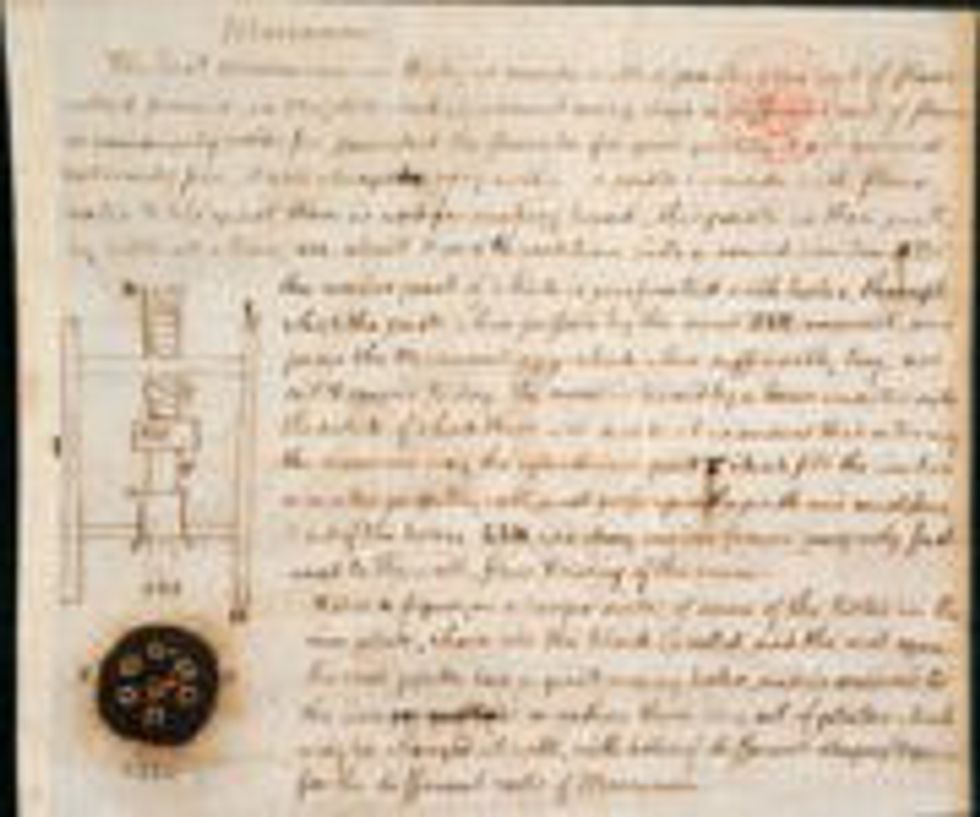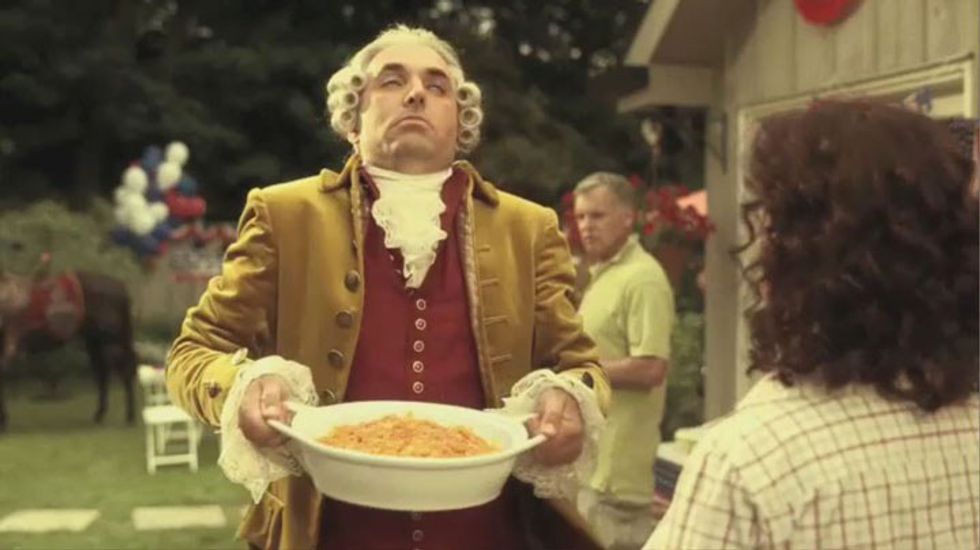Mac and cheese-the golden noodle of America. Drizzled (or more like loaded, if your anything like my cousin Traci) with gooey cheese, it is the beloved go-to cuisine of any and every age (RIP Freshman 15). I challenge you to recall one time you ate mac and cheese, and weren't overwhelmed with a myriad of amazement and pure unconditional joy (I've witnessed someone get very emotional over mac and cheese, don't tell me this doesn't happen). What a time to be alive, am I right?
Well, hold on to your forks, because it may come as a shock to you that people back in ye-olde 18th century America also got to experience the euphoria that was shoving a blissfully large amount of the cheesy stuff down their windpipe. So how did this creamy combo make its way into its heralded position of one of the United State's most favorite foods? One name, two words: Thomas Jefferson.
As the ambassador to the French Court, Jefferson found himself surrounded by the most exquisitely crafted dishes around. This may have something to do with the massive amounts of chefs competing for the King's favor at the time, but that's besides the point. Like a light at the end of the tunnel, the one entree that enticed his taste buds to the point of obsession was a peculiar recipe of macaroni. Who can blame the guy, am I right? Taking his love for the coiled noodles a step further, in 1787 while on a tour of Northern Italy, Jefferson began to concoct plans (and a diagram) for a pasta machine (specifically for macaroni, of course). William Short, who was at one point Thomas' secretary (and basically his adoptive son), wrote to the macaroni maniac in 1789 that he had managed to obtain a "mould for making macaroni" upon Jefferson's request in Naples, and had sent it to his mentor in Paris.

In 1789, Jefferson returned to Philadelphia and a newly minted United States. His numerous belongings were shipped from France the following year in 1790, and is speculated that his beloved macaroni machine was among the cargo. Listed in a packing list upon his move to Monticello in 1793, we knew for certain that the machine had eventually reached American soil. Hello macaroni!
In 1801, Thomas Jefferson was sworn in as the third president of the United States. Becoming the first president to take office in the brand new capital city of Washington D.C., his important position did little to curb his love of mac and cheese. In a presidential dinner he hosted in 1802, he made sure to serve his beloved food as one of the entrees, which we know to be true because of the account of Reverend Manasseh Cutler, who penned: "Dined at the President's - ...Dinner not as elegant as when we dined before. [Among other dishes] a pie called macaroni, which appeared to be a rich crust filled with the strillions of onions, or shallots, which I took it to be, tasted very strong, and not agreeable. Mr. Lewis told me there were none in it; it was an Italian dish, and what appeared like onions was made of flour and butter, with a particularly strong liquor mixed with them."
Despite Jefferson's belief that mac and cheese was made with a generous splash of bourbon (ew), it was actually his daughter, Mary Randolph, who is credited with inventing the more well known dish of macaroni and parmesan cheese. Either way, I think it's safe to say that TJeff's love for the noodles cannot be challenged. And if you need further proof, on November 29, 1809, Thomas proceeded to order two boxes of macaroni weighted at 25 pounds each. That's fifty pounds. The next month, on December 30, he ordered another 20 pounds. I don't know about you, but 70 pounds of mac and cheese would make me a happy camper (I'd think I'd cry a little bit though, that's a lot of noodles).





















